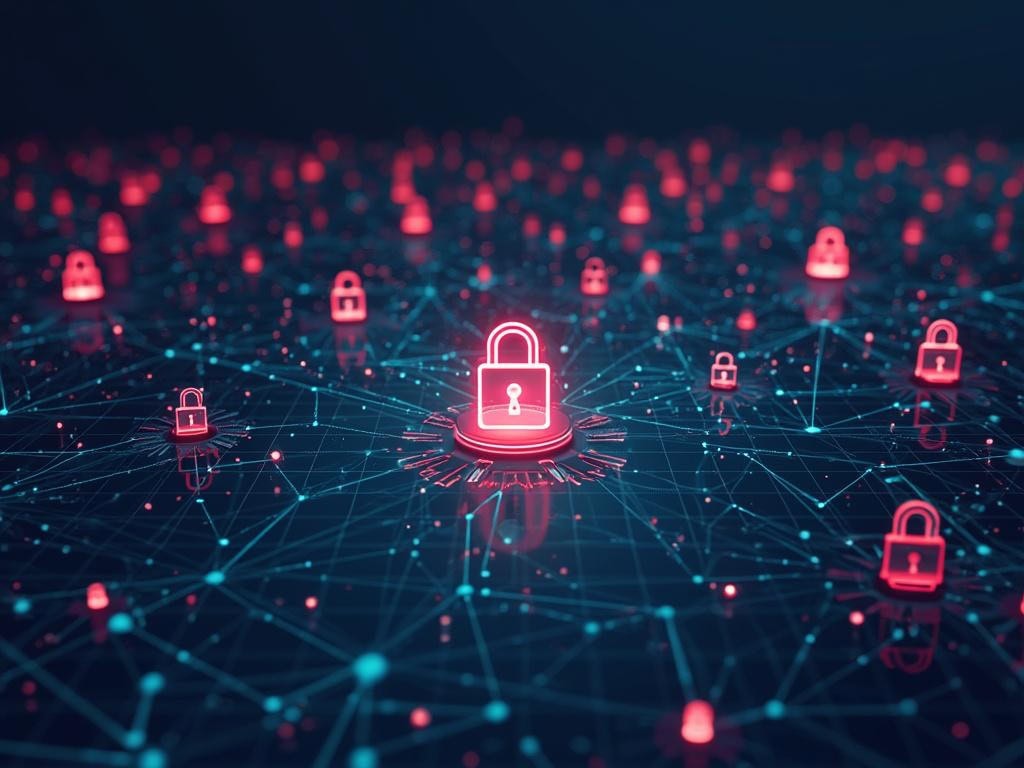AI Website Traffic Surge: Addressing New Cybersecurity Threats and Challenges

AI Website Traffic Surge Brings Wave of Cybersecurity Threats
A dramatic 50% increase in traffic to generative AI (GenAI) websites has sparked serious cybersecurity concerns as malicious actors exploit the growing adoption of AI tools. Research by Menlo Security reveals visits to GenAI sites jumped from 7 billion in February 2024 to 10.53 billion in January 2025, highlighting the unprecedented growth in AI platform traffic and usage.
The surge in AI adoption has created new vulnerabilities, with 68% of employees using free-tier AI tools through personal accounts and 57% inputting sensitive data. This "shadow AI" usage has coincided with a 130% year-over-year increase in zero-hour phishing attacks, while approximately 600 fake GenAI sites have been identified.
Security Risks and Corporate Challenges
Organizations face mounting pressure to balance AI innovation with security concerns. "Personnel seems to be a key inhibitor, however, this pain will only grow," says Satyam Sinha, CEO of Acuvity. The challenge is particularly acute in regulated industries, healthcare, and infrastructure sectors, where implementing robust cybersecurity measures becomes crucial for business protection.
The 2025 State of AI Cybersecurity Report found that 78% of CISOs report significant impacts from AI-powered cyber threats. Companies struggle to maintain control as employees increasingly adopt unauthorized AI tools, creating data protection and compliance risks.
Defensive Strategies and Future Outlook
Security experts emphasize the need for comprehensive defensive measures. "Organizations must be focused on applying cybersecurity best practices to protect models and invest in safeguards to keep AI systems protected at all stages of the AI lifecycle," explains Nicole Carignan, Senior Vice President at Darktrace.
As organizations navigate these challenges, understanding the fundamental risks and challenges of implementing AI in business operations becomes essential for long-term success.
Essential Security Measures
- Implementing AI asset discovery systems
- Adopting real-time, AI-driven security monitoring
- Developing clear protocols for AI tool usage
- Providing sanctioned AI alternatives to prevent shadow AI
The landscape of AI security continues to evolve rapidly, requiring organizations to stay vigilant and adaptive in their defensive strategies. As Krishna Vishnubhotla of Zimperium notes, "Organizations need to adopt real-time, AI-driven mobile security to detect and block phishing before users are compromised. Relying on outdated defenses is no longer enough."
For more information about AI security best practices, visit the National Institute of Standards and Technology AI Risk Management Framework.

